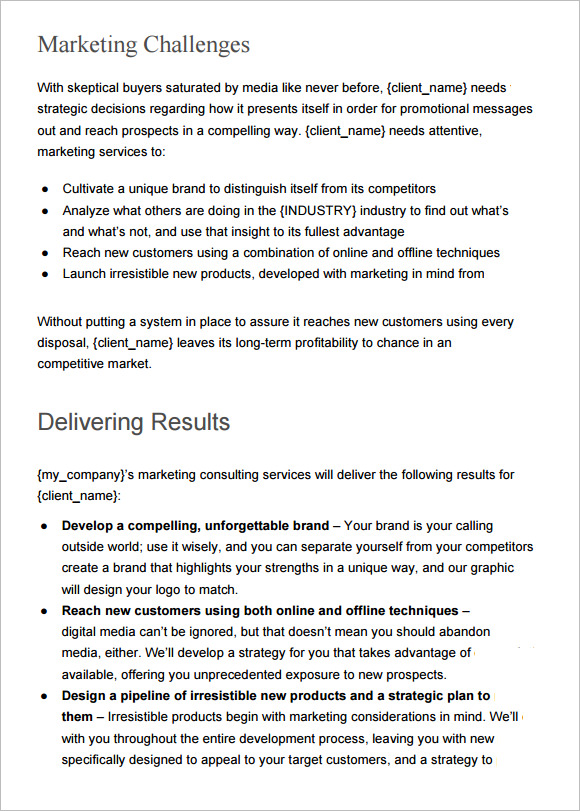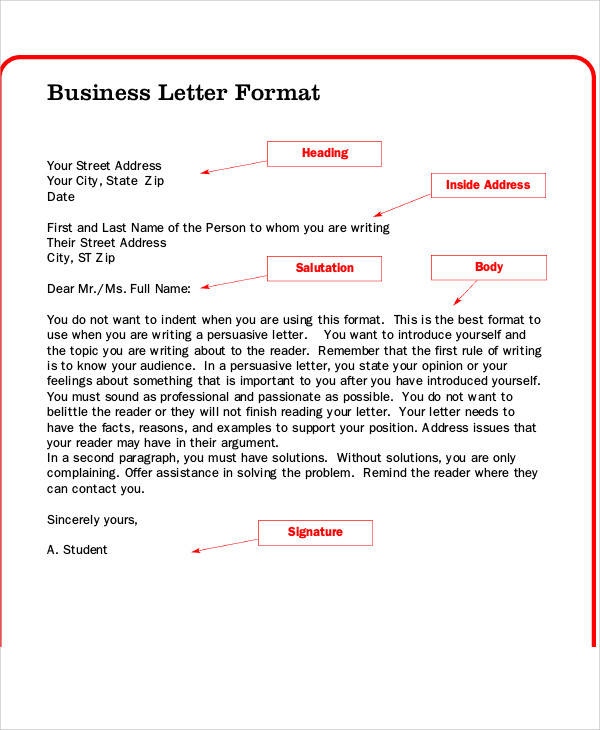

For example, here is a fragment which uses a special grammar DTD:Ĭontents set in XML can be as structured as you wish, and generally the reason for using XML is to preserve that structure.

In XML, document types are defined by DTD files, which can almost do anything. SGML is still supported by Adobe’s venerable FrameMaker technical publishing platform, which is no longer available for OS X. In theory, XML should be the only format that any of us uses, as it is so versatile and capable.Įxtensible Markup Language (XML, Wikpedia) was derived from an even more generic and powerful system, Standard Generalised Markup Language (SGML), which had proved itself a little too general for common use by normal mortals. That is not difficult, even if they use different platforms and apps. What is important is ensuring that those who need to read the document source can work with a common format. Requiring anyone to use a single tool for all types of text documents is as senseless as limiting every tradesman (electricians, carpenters, plumbers, etc.) to using one common tool such as a hammer. Although Apple used to maintain all its technical documentation in Word, it is by no means the best solution for many documents. In many situations, a job or organisation will require that all text-containing documents are edited in a common format, often using the same app, normally Microsoft Word. industry or corporate policy (see below),.

collaboration and mobility (platforms, annotation and editorial tools),.extensions (indexing, tables of contents, footnotes, references, cross-references),.non-text content (figures, tables, audio, movies, links),.control over layout (pagination, typography),.need to structure content (for retrieval, databases),.required output format(s) ((X)HTML for the web, PDF for publishing, ePub for electronic books),.There is also a very strong link between the editor and format. Each format has its strengths and uses, and its disadvantages.
There is neither a perfect format for every purpose, nor is any document editor perfect. This usually applies to most technical documents, such as methods which are required for compliance with standards, anything scientific or engineering, many textbooks, catalogues, documents assembled from database content, and anything which needs to be stored in structured form (e.g. There are more specific circumstances in which text has to be structured very carefully. This is a common fault in untrained users of Microsoft Word who do not set up and apply styles to different types of text content, but format each heading, etc., individually. Again, making such changes manually is tedious and prone to error. If you were writing a textbook and decided that you had to move the current chapter 8 forwards to follow on from chapter 3, it is far easier if you can let the app handle all the changes required to implement that.Įven relatively minor operations, such as changing the font or size of text used to style chapter or section titles, are made much simpler if your editing app knows which headings are chapter titles, and which are section headings. Making substantial changes to a document also becomes much easier when it is structured properly, and maintained in an editing environment which handles that structure. In books which use hierarchical chapter and section numbering, even chapter-based page numbering, you must structure your content properly, or face a long and tedious task of numbering these manually. Structure is essential for more sophisticated operations such as the construction of tables of contents, footnotes and their numbering, cross references, and more. However it can only do so if it knows that that word was a chapter title. If you have entitled a chapter “Ceramics”, then you would expect a search using the term ‘ceramics’ should return that chapter high in its list of hits. Large plain text files can be searched, but even the smartest of indexing and search engines can only return all the hits that they get. Having acquired our text content, the next task is to structure and format it so that it can be used and accessed.īuilding structure into your documents, particularly anything longer than a few pages, is not only important for the reader.


 0 kommentar(er)
0 kommentar(er)
